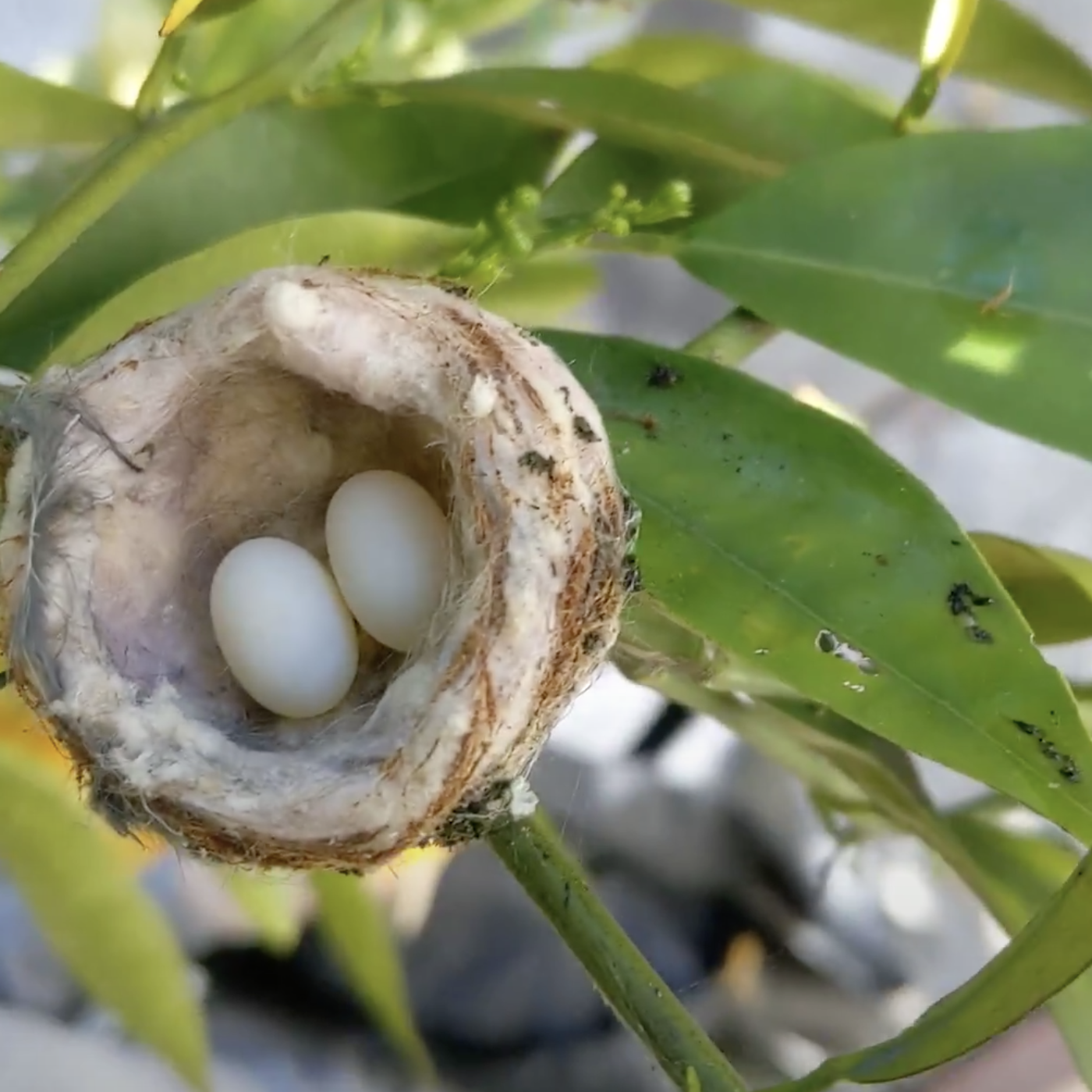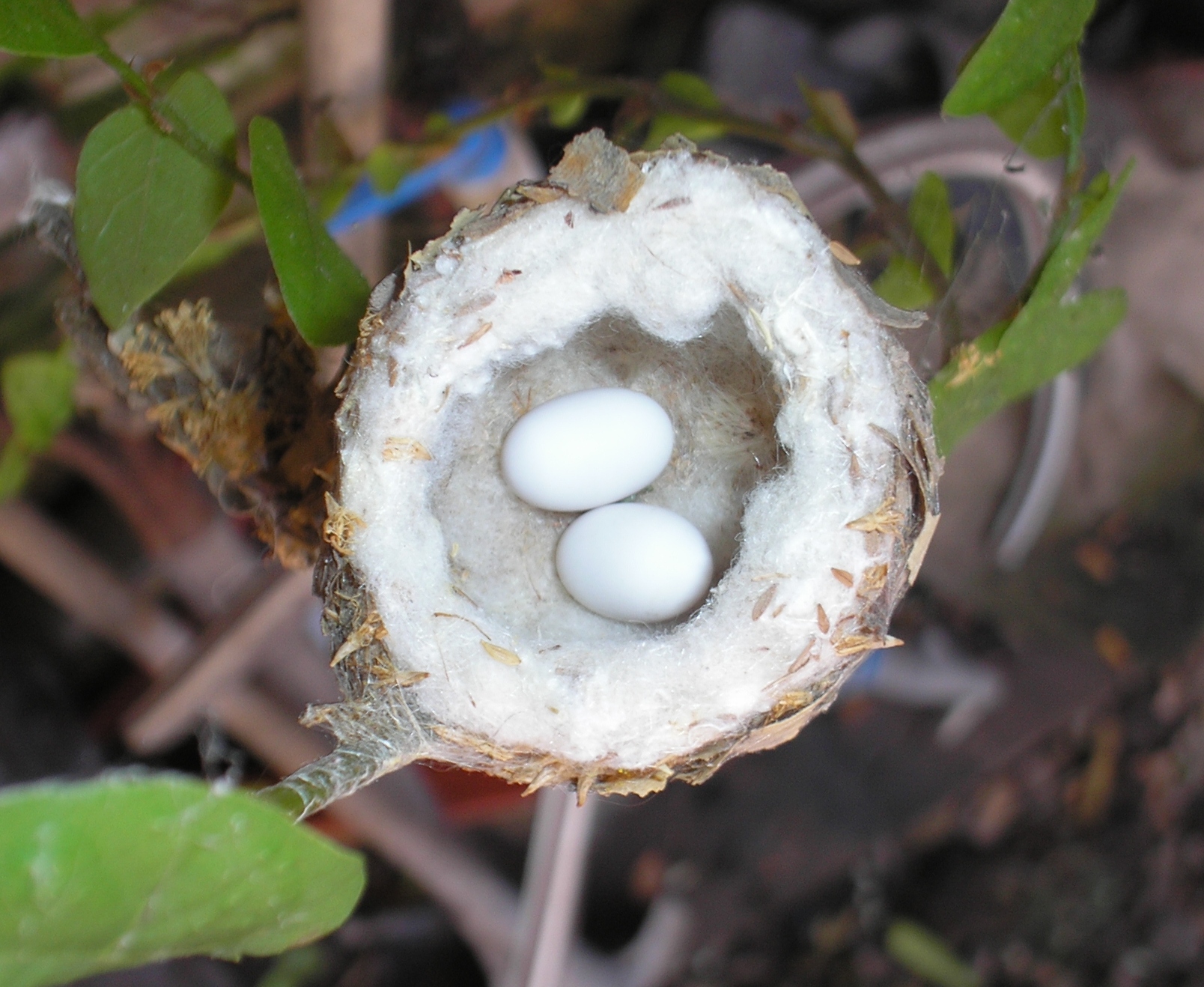
Introduction: Nature's Hidden Marvels
Hey there, nature enthusiasts! Have you ever wondered about the intricate miracles that take place in our backyard every day, the small wonders that often escape our notice? Today, we're going to talk about something as beautiful and delicate as a poem—hummingbird eggs. These tiny treasures are more fascinating than you might think!
Hummingbird Eggs: Small Packages, Big Wonders
Imagine something about the size of a coffee bean. That’s right, a coffee bean. Can you believe that something so small could hold life? Yet, that's exactly how tiny a hummingbird egg is! The journey of these eggs starts with a skilled architect—the female hummingbird. Females are solely responsible for nest building, typically creating a cup-shaped cradle with plant fibers, spider silk, and bits of leaves or lichen. This elastic and snug nest can expand as the chicks grow, a feature as innovative as it is practical.
The Gift of Life: Laying the Eggs
Once the nest is ready, the female lays her eggs, typically two in number. These are no ordinary eggs, my friends! They are about the size of a jelly bean, or if you prefer a more poetic comparison, the size of a small pearl. These precious life vessels are smaller than any other bird egg in relation to the mother's size. But don't let their diminutive size fool you; they pack an amazing punch of life!

The Diversity of Hummingbird Eggs
Now, you might be wondering, “Do all hummingbirds lay the same kind of eggs?” Well, here's the fun part—there are several different species of hummingbirds, and although their eggs are similar in many ways, they do exhibit some differences. For instance, the Ruby-throated Hummingbird, predominantly found in Eastern North America, tends to lay eggs that are slightly smaller and lighter in color, often described as pale white or even faintly blue.
In contrast, the Anna's Hummingbird, native to the west coast of North America, lays eggs that are a bit larger and more of a creamy or off-white color. Similar differences can be seen in other hummingbird species, such as the Black-chinned Hummingbird or the Costa's Hummingbird. These slight variations are adaptations to their specific habitats and lifestyles. But despite these differences, all hummingbird eggs share the same compelling narrative of resilience and life's wonder.
The Incubation Process: A Mother's Vigilance
The incubation period for these miniature marvels is between 15 to 18 days. Throughout this period, the mother hummingbird stays steadfast, keeping her eggs warm and protected from predators. Her dedication is nothing short of awe-inspiring. Can you imagine such a tiny creature putting up a brave front against all odds for her young ones?

From Hatchling to Fledglings: The Growth Story
Finally, after a patient wait, the tiny chicks hatch, each weighing less than a post-it note. But these little hummingbirds are anything but weak. They are born fighters, ready to take on the world. Over the next few weeks, their diligent mother feeds them a high-protein diet of insects and nectar until they are ready to fledge and leave the nest.
The Hummingbird: A Testament to Life's Resilience
But that's not the end of the story. These tiny fledglings grow up to become some of the most incredible birds in the world. Hummingbirds are renowned for their flight speed and agility. Did you know they are the only birds that can fly backwards and even hover in mid-air? Talk about a superhero origin story!
The Magic of Nature Unveiled
The journey from a tiny egg to a full-grown hummingbird is a testament to the magic happening in nature every single day. This process speaks of the determination, resilience, and miracles of life itself. In a world that's increasingly preoccupied with the large and the loud, it's both refreshing and humbling to pay attention to these tiny wonders.
Observing Hummingbirds: A Delightful Exercise
Don't limit your appreciation for these tiny miracles to just reading about them. When you're next in your backyard, or walking a nature trail, take a moment to slow down and observe. Be patient and vigilant – you might be lucky enough to spot a hummingbird nest, or even better, witness the incredible journey of a hummingbird egg unfolding right before your eyes. Keep in mind that these diminutive birds are very fast and sometimes elusive, but the joy of spotting one is truly rewarding. Remember, the smallest things can sometimes hold the biggest wonders. So, keep your binoculars handy and venture out on your hummingbird spotting journey!
Beyond the Backyard: The Global Hummingbird Family
If your fascination for hummingbirds has just sparked and you're yearning to know more, let's take a flight beyond our backyards and into the broader world. Did you know there are more than 300 species of hummingbirds, making them the second largest bird family in the world? That's right, these tiny aviators have relatives all across the Americas, from Alaska to Tierra del Fuego.
Master Navigators: The Migratory Marvels
Speaking of geographical spread, let's talk about a unique aspect of hummingbirds – their migration. Some species, like the Ruby-throated Hummingbird, are known to make a non-stop flight of over 500 miles across the Gulf of Mexico during their migration. Now, for a bird that weighs less than a nickel, that's an extraordinary feat of endurance and navigation!
The Role of Hummingbirds in Our Ecosystem
As you become more engrossed in the world of hummingbirds, you will come to appreciate not just their beauty and agility, but also the crucial role they play in our ecosystems. Hummingbirds are vital pollinators, helping plants reproduce by carrying pollen from one flower to another. By doing so, they play an essential part in maintaining the health and diversity of our landscapes.
The Hummingbird’s Diet: More Than Just Nectar
You might be familiar with images of hummingbirds hovering over flowers, sipping nectar with their long, slender beaks. However, their diet is not restricted to just nectar. To fuel their high-energy lifestyle, hummingbirds also feed on insects and spiders, providing them with necessary proteins. They are nature’s pest controllers, helping to keep the insect population in check.

Help Preserve the Hummingbirds
With their diverse roles in nature, it's essential to ensure the preservation of these tiny miracles. You can contribute by planting native, nectar-rich flowers in your garden or maintaining a clean hummingbird feeder. Every small effort can help make a difference to these magnificent creatures' lives.
So, let’s celebrate hummingbirds, the tiny marvels that they are, and continue to learn and contribute to their thriving existence. Here's to many more moments of marveling at their flights, their nests, and their incredibly tiny, yet profoundly significant hummingbird eggs!




